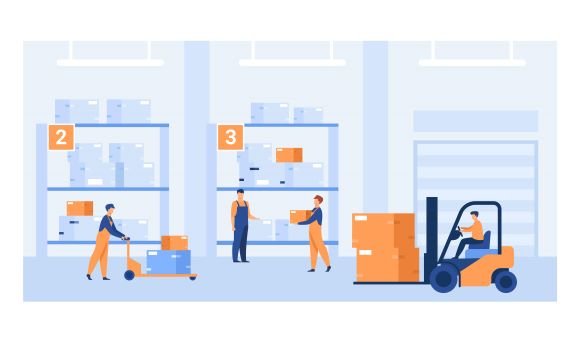
Shippers use contract length to navigate lack of ocean capacity
In the first four months of 2022, fewer than half of ocean freight contracts signed across 13 major trade lanes have been annual in duration, as shippers try new procurement strategies to wade through constrained vessel capacity. .

Hyper automation
Apart from relatively fresh trends, there will be an increased demand for better tracking and tracing capabilities to deliver more visibility into supply chains. Generally, more integrated networks will be appearing in the industry to better connect carriers, shippers, and others involved in operations. With a forecasted boom in logistics startups and logistics-focused technology, there is a lot to expect from the new software and tech solutions.
Experts also emphasize on small and medium businesses going global and getting more access to huge supply chains. Since SMEs produce a very significant rate in GDP and account for 95 percent of all companies, their growing presence on the market will positively impact the industry and the economy in general.

How to ship freight internationally?
businesses turn to freight forwarding companies to ship their freight. Unlike domestic shipments, international transportation is more intricate since every country has its own regulations and laws.Some countries have stricter policies than others, and completely forbid importing certain products. That's why it's important to thoroughly learn the regulations, or use professional freight forwarding services.
Usually, international freight shipping consists of five key parts:
Export Haulage: The freight is moved from its origin-destination to the next warehouse, port, or facility firm where it will depart to the border. Export Customs Clearance: When the freight reaches the border of the exporting country, it passes the process of clearance before moving to the next stage. Transportation: After your load has successfully left the origin country, the process of transportation begins. Import Customs Clearance: When the freight reaches the border of the importing country, it passes the process of clearance. This is the most important part of the shipping process since you ensure your freight has met the compliance.


